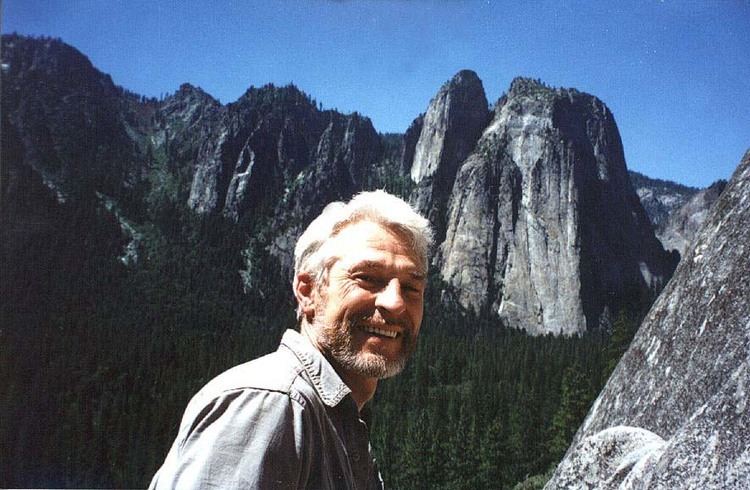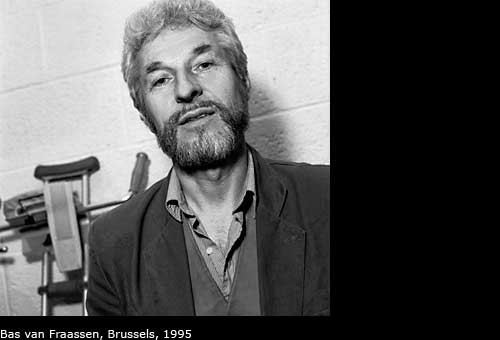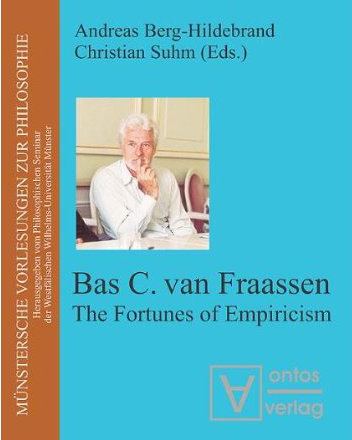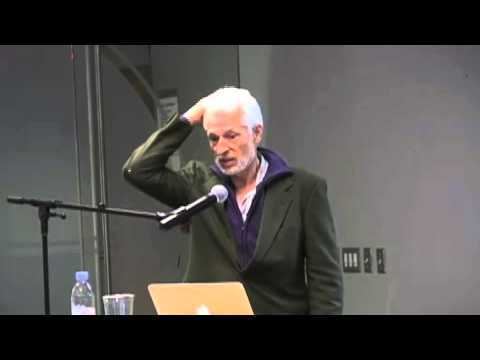Region Western philosophy Name Bas Fraassen | Role Philosopher | |
 | ||
Era 21st-century philosophy Notable ideas Constructive empiricismEmpiricist structuralismReflection principle Books Scientific representation, The scientific image, The Empirical Stance, Laws and symmetry, Quantum mechanics Similar People Nancy Cartwright, Arthur Fine, Wilfrid Sellars, Wolfgang Spohn, Hilary Putnam | ||
Bas van fraassen the semantic approach to science after 50 years
Bastiaan Cornelis van Fraassen (born 5 April 1941) is Distinguished Professor of Philosophy at San Francisco State University and the McCosh Professor of Philosophy Emeritus at Princeton University, noted for his seminal contributions to philosophy of science.
Contents
- Bas van fraassen the semantic approach to science after 50 years
- Bas van fraassen the self from a logical point of view
- Biography and career
- Philosophical work
- Published books
- References

Bas van fraassen the self from a logical point of view
Biography and career

Van Fraassen earned his B.A. (1963) from the University of Alberta and his M.A. (1964) and Ph.D. (1966, under the direction of Adolf Grünbaum) from the University of Pittsburgh. He previously taught at Yale University, the University of Southern California, the University of Toronto and, from 1982 to 2008, at Princeton University, where he is now emeritus. At San Francisco State University, he teaches courses in the philosophy of science, philosophical logic and the role of models in scientific practice.

Van Fraassen is an adult convert to the Roman Catholic Church and is one of the founders of the Kira Institute. He is a fellow of the American Academy of Arts and Sciences; an overseas member of the Royal Netherlands Academy of Arts and Sciences since 1995; and a member of the Académie Internationale de Philosophie des Sciences ("International Academy of the Philosophy of Science"). In 1986, van Fraassen received the Lakatos Award for his contributions to the philosophy of science and, in 2012, the Philosophy of Science Association's inaugural Hempel Award for lifetime achievement in philosophy of science.

Among his many students are the philosophers Elisabeth Lloyd at Indiana University and Anja Jauernig at New York University.
Philosophical work

Van Fraassen coined the term "constructive empiricism" in his 1980 book The Scientific Image, in which he argued for agnosticism about the reality of unobservable entities. That book was "widely credited with rehabilitating scientific anti-realism." As the Stanford Encyclopedia explains: "The constructive empiricist follows the logical positivists in rejecting metaphysical commitments in science, but parts with them regarding their endorsement of the verificationist criterion of meaning, as well as their endorsement of the suggestion that theory-laden discourse can and should be removed from science. Before van Fraassen's The Scientific Image, some philosophers had viewed scientific anti-realism as dead, because logical positivism was dead. Van Fraassen showed that there were other ways to be an empiricist with respect to science, without following in the footsteps of the logical positivists."
In his 1989 book Laws and Symmetry, van Fraassen, attempted to lay the ground-work for explaining physical phenomena without assuming that such phenomena are caused by rules or laws which can be said to cause or govern their behavior. Focusing on the problem of underdetermination, he argued for the possibility that theories could have empirical equivalence but differ in their ontological commitments. He rejects the notion that the aim of science is to produce an account of the physical world that is literally true and instead maintains that its aim is to produce theories that are empirically adequate. Van Fraassen has also studied the philosophy of quantum mechanics, philosophical logic, and epistemology.
Van Fraassen has been the editor of the Journal of Philosophical Logic and co-editor of the Journal of Symbolic Logic.
In his paper Singular Terms, Truth-value Gaps, and Free Logic, van Fraassen opens with a very brief introduction of the problem of non-referring names.
Instead of any unique formalization, though, he simply adjusts the axioms of a standard predicate logic such as that found in Quine's Methods of Logic. Instead of an axiom like
He indicates that, however, he sees no good reason to call statements which employ them either true or false. Some have attempted to solve this problem by means of many-valued logics; van Fraassen offers in their stead the use of supervaluations. Questions of completeness change when supervaluations are admitted, since they allow for valid arguments that do not correspond to logically true conditionals
In his essay "The Anti-Realist Epistemology of van Fraassen's The Scientific Image ", Paul M. Churchland, one of van Fraassen's critics, contrasted van Fraassen's idea of unobservable phenomena with the idea of merely unobserved phenomena.
